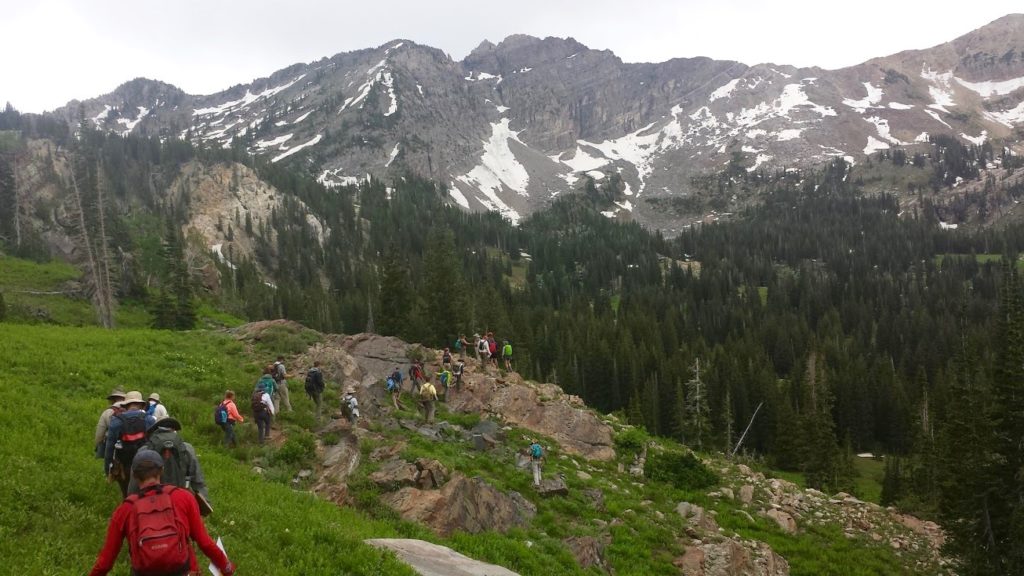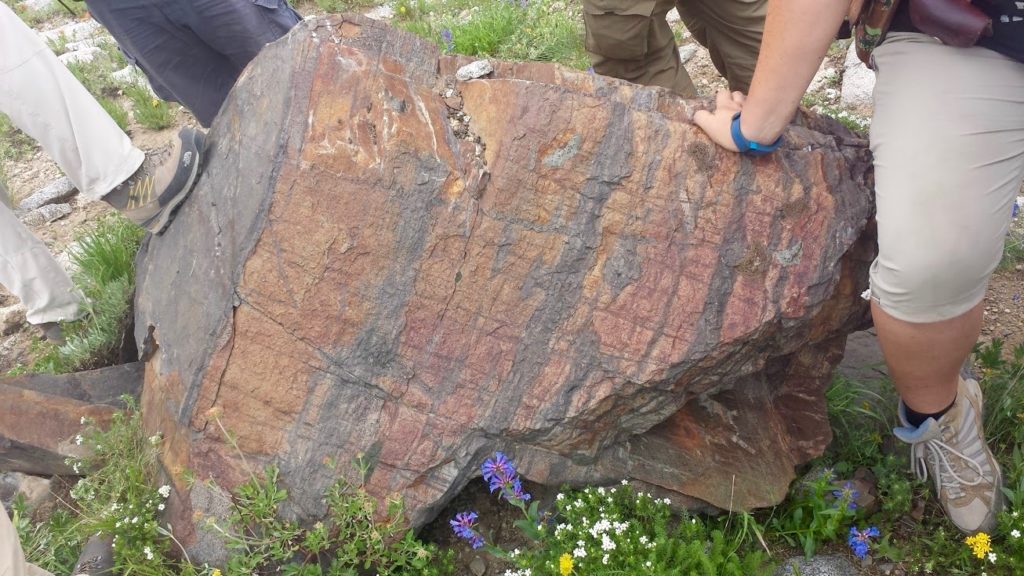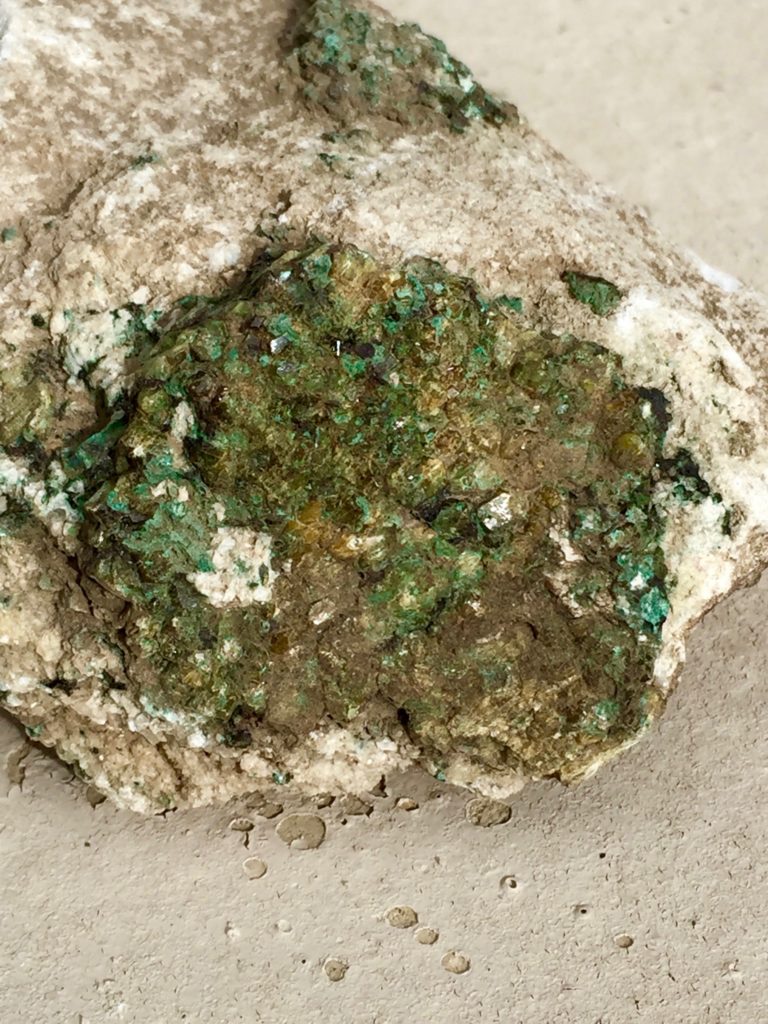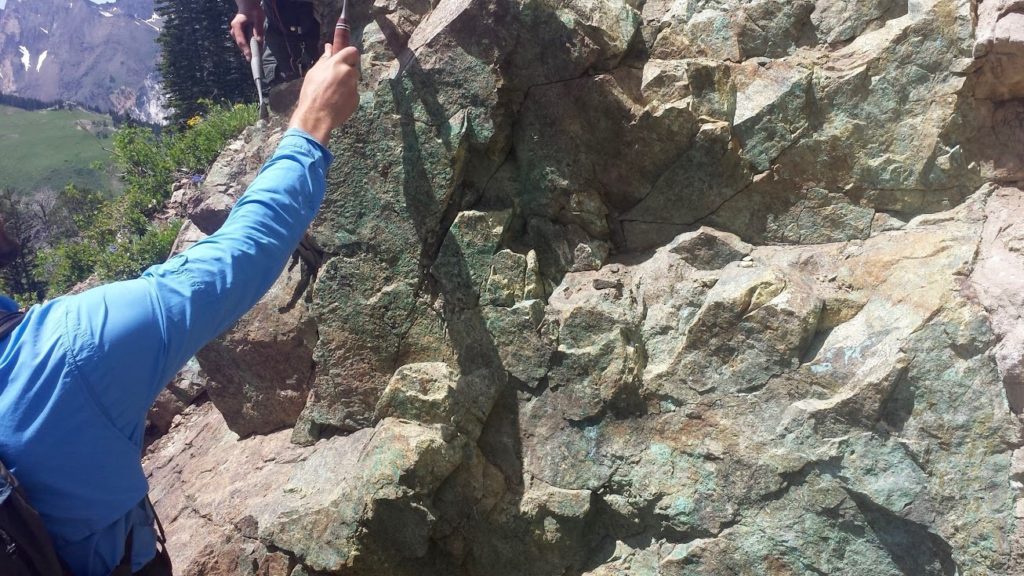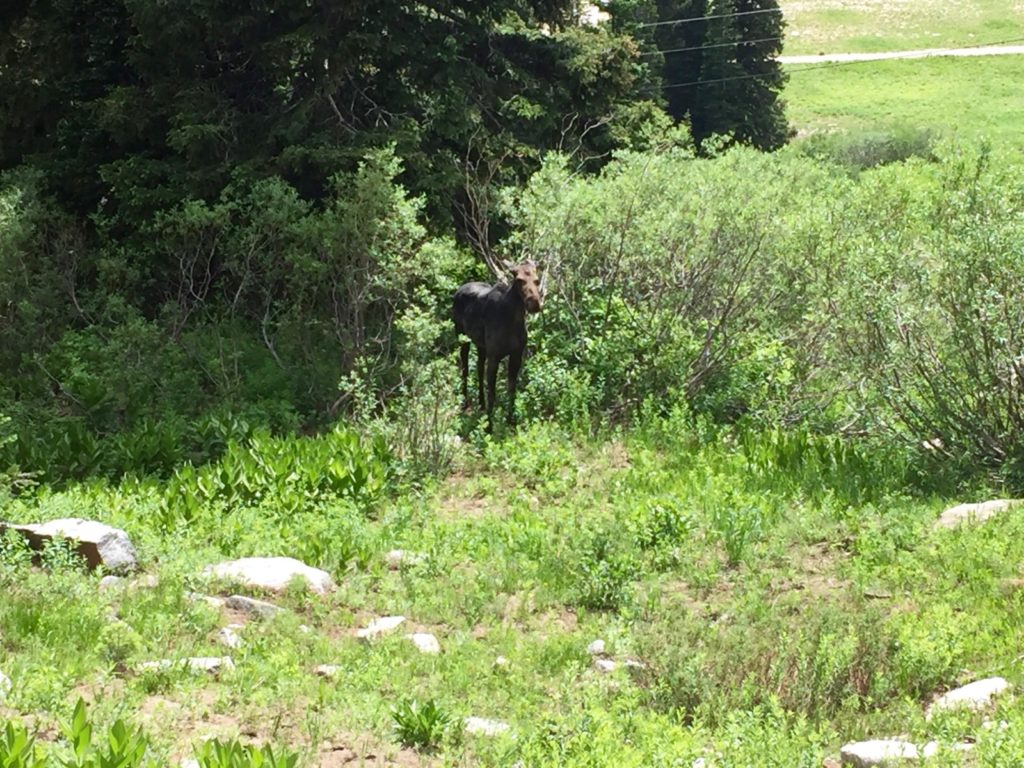Shelby Brewster is from Columbus, Ohio and is currently in her final year of undergrad in geological sciences at The Ohio University.
My interest in geology was sparked by a family vacation to Utah and Arizona when I was 15. Coming from Ohio, I had never seen massive exposed outcrops of rock. The towering, red sandstones captivated me. I had so many questions about what things were and how they got there. Now, 7 years later, I had the opportunity to visit and study the unique geology in Utah through Ohio State’s field camp that had been the catalyst to my pursuit of a career in geology.
To graduate with a B.S. in geology from Ohio State, an undergraduate thesis is required. I’m currently working under Dr. Berry W. Lyons with lake sediments from Antarctica by comparing Permian and recent sediments to determine differing depositional environments. I’m also the current president of the student AIPG chapter at Ohio State University.
I’m still very much in the exploratory phase of finding what I’m most passionate about in the field of geology. As of now, I’m hoping to channel my focus toward mineralogy and petrology.
This summer, I attended The Ohio State University’s 69th field camp based in central Utah lead by Dr. Terry Wilson, a leading expert in tectonics in Antarctica and a current US delegate to SCAR (Scientific Committee of Antarctic Research).
Ever since I took petrology I’ve been in love with igneous rocks, particularly intrusive. By far, my favorite area that we studied was Alta, Utah. Igneous intrusions, dikes, sills, skarns, metamorphic isograds, and glacier carved valleys are what make this area a geologic haven.
The region experienced the intrusion of the granodioritic Alta Stock about 33 million years ago, transforming the surrounding Proterozoic sedimentary rock. The conditions of this type of contact metamorphism involve no elements of pressure, so when the hot magma came into contact with the mudstone/siltstone country rock, all the sedimentary structures were preserved and what is called the Alta Ophir was created.
The baked Ophir Formation displays beautifully preserved load casts and alternating red bands stained from iron. By this point, we were in week 3 of field camp so we naturally began locating ourselves on our topographic maps and began drawing in our contact. As we followed the Ophir parallel to bedding we began seeing changes in lithology, piles of rocks and excavated outcrops, and other indicators of previous mining. Instead of smooth, darkly colored hornfels rock we saw lightly colored carbonate rock tinted with greens and blues.
What we were looking at was a metamorphic skarn, created by the Alta Stock intruding carbonate country rock. The extremely hot magma melts the carbonate rock and fluids mix and interact to give a wide variation of minerals, the most famous being silver, which dominated the mining industry in the area from the mid to late 1800s. At this particular outcrop, minerals such as euhedral diopside, malachite, blue wollastonite, and actinolite are present.
Perpendicular to this outcrop and a couple hundred feet up in elevation is the Maxfield formation, which was originally a sandstone protolith that was metamorphosed into marble by the Alta Stock.
Experiencing the geology of Alta made me appreciate how unique and diverse igneous intrusions and contact metamorphism can be. It’s one thing to study metamorphic structures in the classroom and recognize diagrams of boudins, but being up close and personal with a metamorphosed outcrop takes the experience to a much more in depth level. Like putting pieces of a puzzle together, you have to be able to approach an outcrop with an open mind and go through a process of elimination as to what a rock used to be, what environment created the protolith, and what possible geologic changes occurred to produce what you’re looking at now.
![]() This work is licensed under a Creative Commons Attribution-NonCommercial-ShareAlike 4.0 International License.
This work is licensed under a Creative Commons Attribution-NonCommercial-ShareAlike 4.0 International License.


